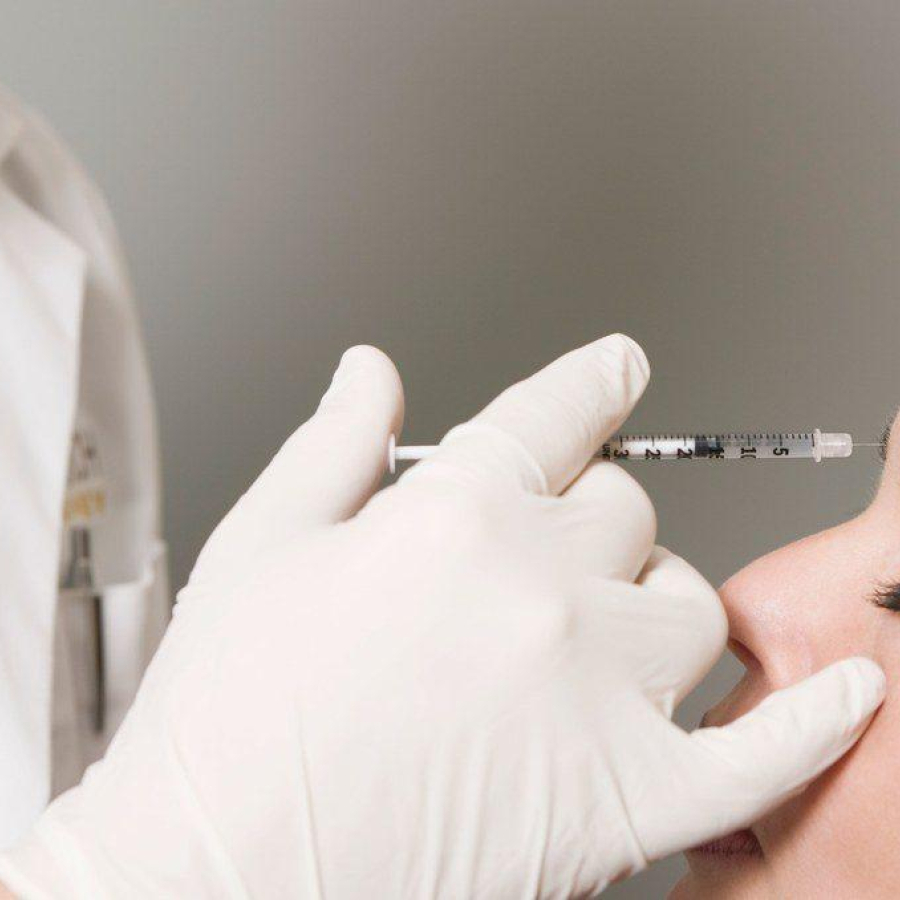
Legal
Second California Law That Affects MSOs Passes
California has now passed two laws that will have an effect on how investors, health care entities and management services ...

Show your committment to patient safety, legal compliance and community over competition.
AmSpa members receive preferred pricing on all AmSpa live and virtual trainings.
Get the latest news and information about safe, legal practice in medical aesthetics directly in your inbox.
Get access to med spa laws, in-person and online training and more!
Posted By Mike Meyer, Friday, September 20, 2019

By Bala Mohan, JD, ByrdAdatto

Telemedicine is gaining popularity and acceptance across the United States. Some of the benefits of telemedicine include easing health care access to patients in remote and underserved areas, increasing cost-effectiveness, efficiently delivering health care service, and broadening the opportunity to receive secondary opinions. Telemedicine, in a nutshell, is the provision of health care services using telecommunication from a health care practitioner in one location to a patient in another. However, telemedicine compliance is tricky and varies from state to state. In addition to state laws, telemedicine also is subject to federal reimbursement, patient privacy and confidentiality laws.
This article will focus on the basic state law compliance considerations and general rules for providing telemedicine in your medical practice; however, any decision to provide telemedicine requires deeper scrutiny of the laws and regulations.

As you can see, a myriad of legal issues must be considered prior to engaging in telemedicine practice. If you have specific questions about setting up a telemedicine practice, the telemedicine laws in your state, contact ByrdAdatto, and consider attending The 2020 Medical Spa Show from January 31 – February 2 at the Aria Resort & Casino in Las Vegas. The Medical Spa Show is the premier trade show for non-invasive medical aesthetics, and this year's iteration features four tracks of curated education covering practically every topic a medical spa owner/operator would need to know about, as well as two tracks of sponsored education. Click here to register today.
Bala Mohan, JD, knew from a very young age that her choice of career would be related to science because she excelled in her biology and chemistry coursework. With a strong passion for genetics and the desire to find a cure for her mother—who was diagnosed with diabetes at an early age—Mohan obtained a Bachelor of Technology in Pharmaceutical Biotechnology. Having worked as a scientific researcher during her undergraduate studies, Mohan greatly values attention to detail and is a meticulous person. She then pursued a master's in Entrepreneurial Biotechnology to gain knowledge about business and startups. This landed her a position with Cleveland Clinic Innovations, where she evaluated over 100 innovations and negotiated deals with potential investors. In this role, Mohan had the opportunity to interact with business and health care lawyers from multiple health care organizations, and she quickly realized that her real calling in life was to be a health care attorney. Subsequently Mohan obtained her JD and was able to pursue a career that combined all her interests—science, business, and law.

Related Tags
Medical spa news, blogs and updates sent directly to your inbox.

Legal
California has now passed two laws that will have an effect on how investors, health care entities and management services ...

Legal
A newly passed law in California will prohibit certain contractual provisions between medical and dental practices and private equity groups ...

Legal
By Patrick O'Brien, General Counsel, American Med Spa Association (AmSpa)The September bulletin from the Texas Medical Board (TMB) helps to ...

Legal
By Patrick O’Brien, General Counsel, American Med Spa AssociationOn September 23, 2025, the Alabama Board of Medical Examiners (BME) issued ...